Today’s leg in Route to Christmas is from a Night sprint at Bergen Sprint Camp in February 2013 in Bergen, Norway. This course had quite a few tricky legs, but we have chosen leg 3 for the analysis with leg 5 as a bonus leg. Thanks to Niklas Profors for the tip (I’ve got some more tips in my queue, but still room for more).
The leg is as usually first provided without routes – you may take a look at it and think about how you would attack this leg (if the image is too small, you may click on it to get it larger). Note that the contour interval 5 meters.
Location
You find other maps from the area in omaps.worldofo.com here. See also latest additions in 3DRerun from this area in order to learn more about this terrain type.
Webroute
Next you can draw your own route using the ‘Webroute’ below. Think through how you would attack this leg, and draw the route you would have made. Some comments about why you would choose a certain route are always nice for the other readers.
Then you can take a look at how the runners have solved this leg below.
Analysis
The main thing about this leg was to read the control description before leaving control 2. If you did not, you probably went right or middle (B or C). Here going left (A) is clearly the fastest and shortest – right is more than 50% longer. Quite a few did a mistake here – many of the Top 20 runners lost more than 20 seconds – some even more than 30 – on a leg where the fastest route is run in 1:26.
Note that the women had the 3rd control on the other side of the fence (not directly, but further to the right), and they had a different ideal solution – both for this leg and the next.
Bonus leg
The leg is as usually first provided without routes:
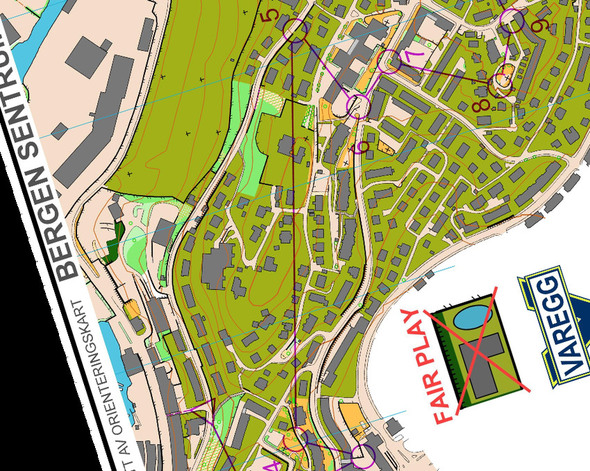
Webroute
Next you can draw your own route using the ‘Webroute’ below. Think through how you would attack this leg, and draw the route you would have made. Some comments about why you would choose a certain route are always nice for the other readers.
Then you can take a look at how the runners have solved this leg below.
Analysis
This was the longest leg in the course, with very distinct alternatives. The thought was that the left variant (running far down the steps and then up along the road) should be the fastest, but that many runners would be afraid for the stairs (all children lessons in sprint tell you how bad it is to run downhill in stair). So luckily left seems to be a bit faster (5 of the 6 fastest times are run left – only Kinneberg who has had higher speed all the way is in the top 6 on the right). Even if Eskil Kinneberg did not agree right after the race. The difference is only a few seconds though (as I agreed with Eskil after the race), and probably you loose more due to not performing the leg well than due to the running difference. The right variants are a bit more complicated – left is just running all you can.
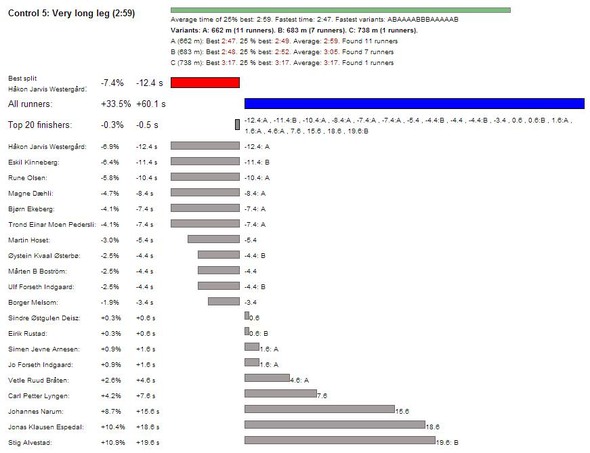
Density map
See below for a density map of some of the ones who have drawn their routes so far.
Additional information
You find the complete map in omaps.worldofo.com at this location.
Route to Christmas series
The ‘Route to Christmas’ series at World of O has been very popular the last years – and I have therefore decided to continue the series this Christmas as well. If you have got any good legs in RouteGadget, GPSSeuranta or 3DRerun from 2013-competitions – or old forgotten ones which are still interesting – please email me the link at Jan@Kocbach.net, and I’ll include it in Route to Christmas if it looks good. Route to Christmas will not be interesting if YOU don’t contribute.
Not all legs are taken for the interesting routechoice alternatives – some are also taken because the map is interesting – or because it is not straightforward to see what to do on a certain leg. Any comments are welcome – especially if you ran the event chosen for todays leg!
Note that there may be some errors in the Routegadget data (sometimes somebody draws a route for another runner just for fun). Please add a comment below if you spot en error.
 World of O News
World of O News


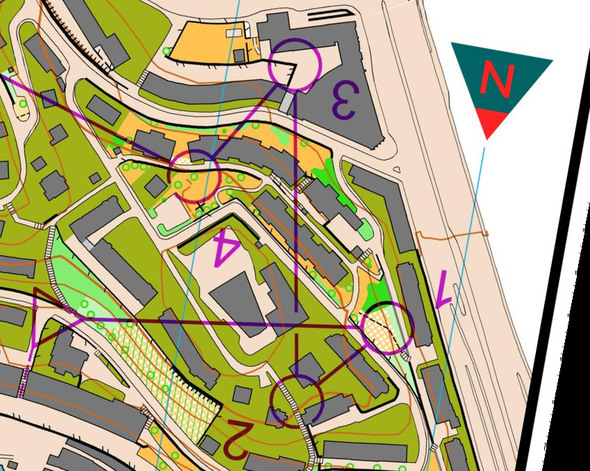
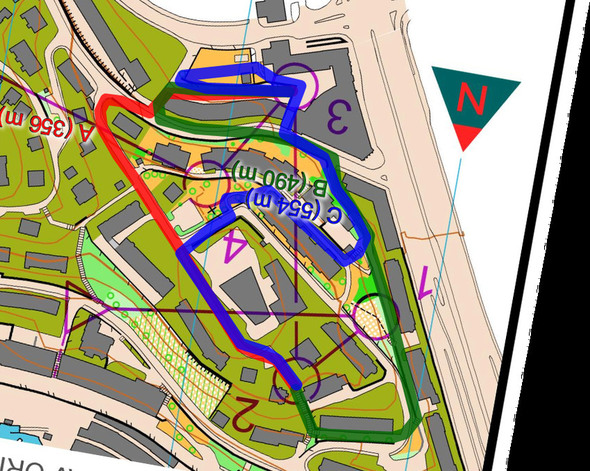
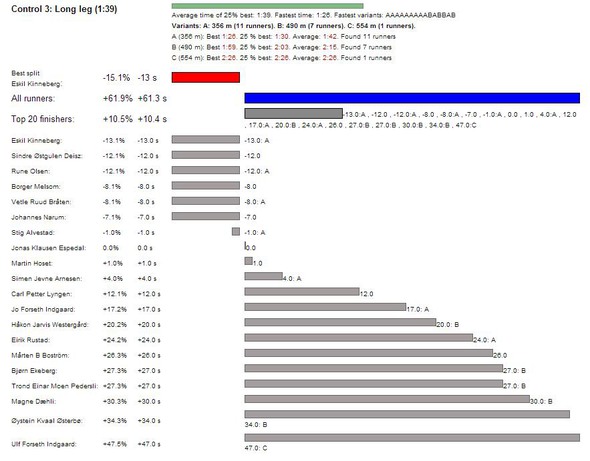
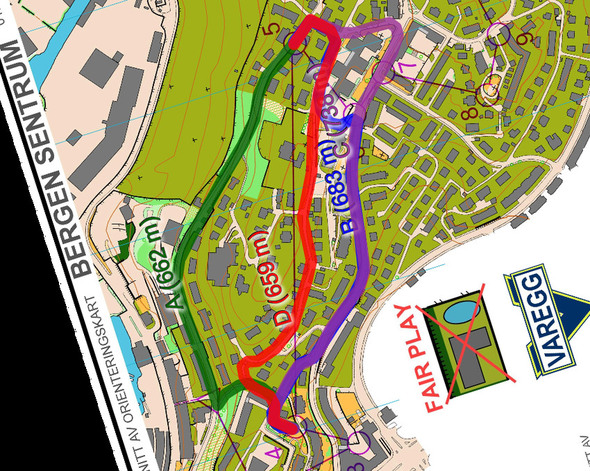




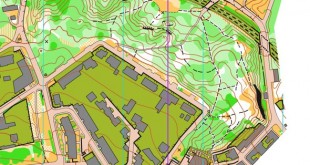
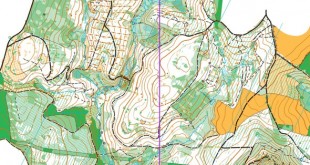
I see that some of you don’t like the kind of “tricks” used for leg 2-3 above where you need to read the control description. I disagree – I think this is needed in order to make sprint interesting. It is an added challenge which makes you need another skill.
You can of course say that then you could include any other skill, e.g. marshmallow-eating or solving some IQ riddles – but the “control-description riddle” adds to the navigation challenge, and as such I think it fits well into the sprint concept.
I totally agree with you Jan. It makes sprint much more intresting like in Matera for eksempel.
It is just that the impact of such traps is too big (it is a trap, the course setter made it look like a route choice, which it actually was not). In your example, 50% of the runners fell into the crocodiles pond and where knocked out. Looking at the results http://obasen.orientering.se/winsplits/online/no/default.asp?page=table&databaseId=24193&categoryId=1&ct=true this control alone decided the competition.
Personally I do not see fun in that.
In areas where the environment isn’t as kind to you as in Matera or in an old Swiss town, I think you need to introduce these kind of challenges on top of the normal route choice challenges to make sprint interesting. This challenge (or trap if you want) was a combination of a route choice and understanding where the control sits using the control description.
I’d say that the course setter always tries to lure the competitors into different types of traps – a good route choice leg is also often a “trap” where one route looks better at first sight as it is shorter, but when looking more carefully another route is better because other elements are used (e.g. height difference, runnability, etc.). The “trap” (or challenge) for leg 2-3 shown in this race uses an extra element – which I think is good. Generally the course setter has more elements to use in forest orienteering than in sprint – the control description is another element for sprint which I think is a good thing. It should be just as easy for a good competitor to tackle these kind of challenges as other challenges related to choose your route – and it is thus completely fair. It is just a matter of training, being focused and adapt the speed to the challenges. More fair challenges = more fun!
PS! My personal opinion is that if you didn’t see that one, you are simply not good enough :)
I’m one of the guys who complained even though I immediately recognized that this was a possible trap and checked the control description before deciding to go left. I much prefer the Ski-O style with a little red dot showing exactly where the control is located!
I agree with Jan that this does add another set of problems to the runners, and that a good orienteer should read the control description along with the course, the main/only problem is the fact that the sequence is totally opposite to regular/forest orienteering where you study the control sheet while approaching the control circle, instead of before you even start the leg.
If I was going to specialize in Sprint (not very likely with a single win to my name, vs a few hundred in forest races. :-(), I would have to start specific sprint training, particularly detailed planning of the next leg while running the previous one.
The discussion on what is acceptable or even recommended in sprint orienteering continues. The articial hurdles have, after many initial complaints, become widely acceptly. This variant I don’t like personally, everything you need to pick out the route-choice should be map-details. Note that this also applies to forest orienteering, where some course setters put controls above instead of below cliffs to punish the many elite orienteerers who only use the control description to check codes (or not at all). I see no good reason why we could not adapt the red dot except that it would perhaps give colour-blinds like Holger Hott another disadvantage.
In my point of view, fairness is the most important parameter. And this at least does not influence on the fairness.
Lektion 1 for running a sprint, read the controll description. Special when you the control is placed at a impassable object. But I think main problem about controls like this is that many people think sprint orienteering means fast running with very easy orienteering.